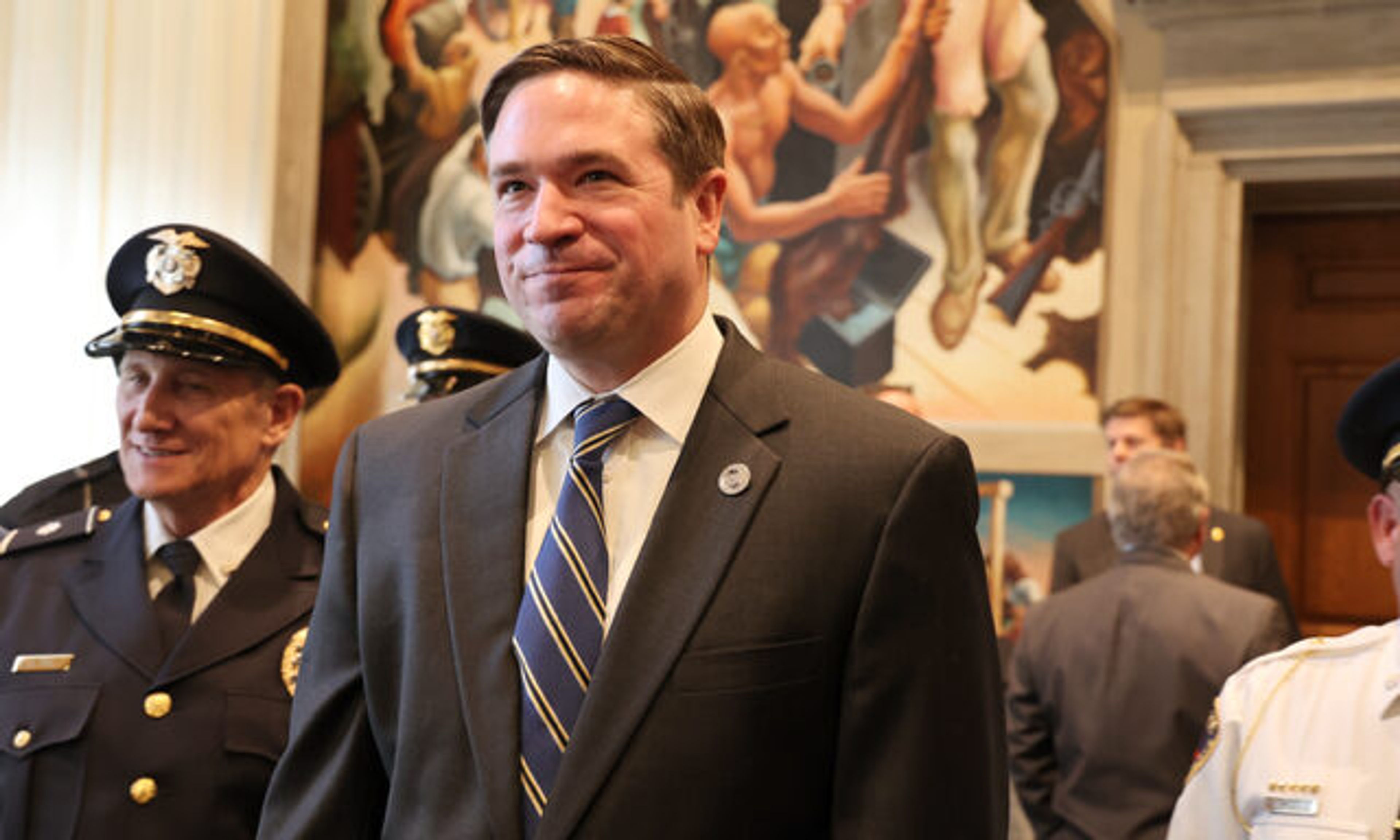TIF WOULD BENEFIT AREA; PLAN CALLS FOR INTERCHANGE DEVELOPMENT
If all goes as planned, Cape Girardeau County residents will see a safer Interstate 55-Highway 61 interchange between Cape Girardeau and Jackson and more fire protection west of I-55. What they won't see is a strain on their pocketbooks. Plans are under way to establish a tax increment financing district. Found throughout the state, TIF districts earmark specific taxes to pay for infrastructure improvements...
If all goes as planned, Cape Girardeau County residents will see a safer Interstate 55-Highway 61 interchange between Cape Girardeau and Jackson and more fire protection west of I-55.
What they won't see is a strain on their pocketbooks.
Plans are under way to establish a tax increment financing district. Found throughout the state, TIF districts earmark specific taxes to pay for infrastructure improvements.
The steps to start one sound relatively simple: First, the county commission establishes a nine-member group to oversee the district; second, the TIF commission decides boundaries of the district and develops a plan for how money will be spent; ad third, the county approves the plan and establishes the district.
But tied up in all that is a formula that determines how much money is available. If the district is established in Cape Girardeau County, it likely will focus on collecting sales taxes instead of property taxes, making it unique in Missouri.
Proposed boundaries for the district take in the portion of Nash Road inside Cape Girardeau County, much of I-55, some of Cape West Business Park and all of the I 55-Highway 61 intersection.
The plan is to establish 1995 as a base year. City and county sales taxes collected last year from businesses within the TIF district boundaries -- which include retail giant Wal-Mart -- would be the base amount. Fifty percent of sales taxes collected over the base year amount would be earmarked for infrastructure improvements.
The big improvement would be the redesigned I 55-Highway 61 junction.
Barry Horst, a design engineer with the Missouri Department of Transportation, said the plan is to pull the northbound and south-bound lanes together and to redesign the I-55 on- and off-ramps. Pulling the lanes together would create additional, unneeded state right-of-way.
John Mehner, president of the Cape Girardeau Chamber of Commerce, said local businessman Jim Drury has volunteered to buy the right of way. The transportation department could use the money to make improvements.
"Luckily, we have not had any fatalities since we put the lights in at Center Junction, but we've still had some serious accidents," Mehner said. "The intersection was not designed to handle the amount of traffic that has occurred as a result of Cape and Jackson growing."
Once the intersection is redesigned, Drury plans to develop a number of fast-food restaurants, convenience stores and retail businesses near it. Figures released by MidAmerica Hotels Corp., Drury's company, indicate 2,600 full- and part-time jobs would be created if the proposed developments take place.
TIF commission members have made clear that the district isn't being established just to help developers; intersection improvements will make driving safer for everyone.
"This isn't just a Drury thing," Mehner said. "It is a development thing and a safety thing."
Mitch Robinson, a local industrial recruiter, said the TIF effort is being driven by the county. Development will mean more sales taxes for the county and municipalities, more property taxes for school districts and more jobs.
Another infrastructure improvement would be 16-inch water lines running west under I-55. Cape Girardeau's water system manager, Tom Taggart, said there is one 10-inch line and one 8-inch line serving that area. "You can't keep building on the west side of the highway without providing more water capacity underneath it," he said.
The TIF commission also wants to provide potable water for Nash Road businesses.
Now the question is whether a TIF district can be done based on sales tax revenue alone. Bonds would have to be sold to fund improvements, and bonding companies generally prefer the security of property tax revenue as payoff.
Commissioners aren't giving up on a sales-tax-only district. they will meet Oct. 15 to discuss options.
"As we get further into it, we will see more interest from finance companies," Robinson said. "We are not tied to one group. We can find one that will work with us."
The best part, Mehner said, is that the public won't experience any higher taxes. "The public will not experience any impact but improvement," he said. "The taxes will come from the cities and the county."
The public will have a chance to comment on the district at a public hearing Dec. 2.
Connect with the Southeast Missourian Newsroom:
For corrections to this story or other insights for the editor, click here. To submit a letter to the editor, click here. To learn about the Southeast Missourian’s AI Policy, click here.








